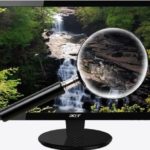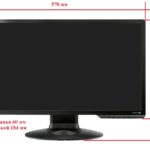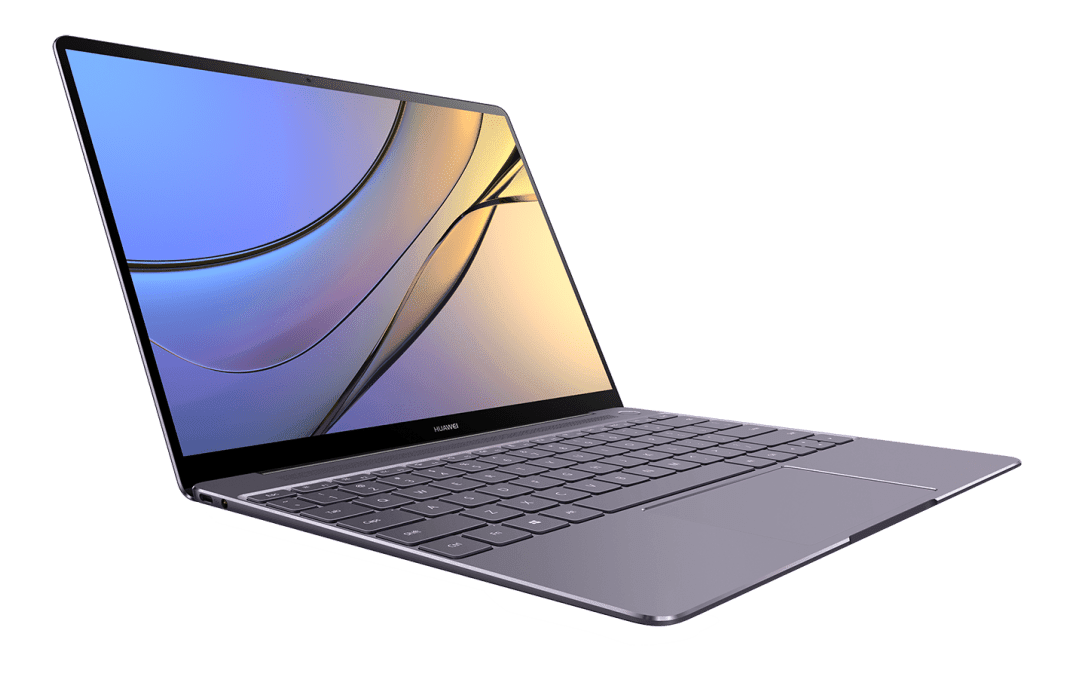Pixel density ppi on the monitor how to choose
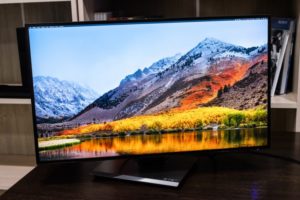 The abbreviation PPI stands for “Pixel Per Inch”, that is, pixels per inch. This value indicates how many pixels are placed in one square inch of the actual size of the monitor. The total number of pixels is calculated using standard formulas for the area of a rectangle or right triangle, which each of us studied in school. The larger this value, the higher the resolution of the monitor.
The abbreviation PPI stands for “Pixel Per Inch”, that is, pixels per inch. This value indicates how many pixels are placed in one square inch of the actual size of the monitor. The total number of pixels is calculated using standard formulas for the area of a rectangle or right triangle, which each of us studied in school. The larger this value, the higher the resolution of the monitor.
The content of the article
What does pixel density ppi mean?
Pixel density ppi determines the clarity and quality of the image displayed on the screen. With a large number, the pixels will be very, very small, which will make it possible not to notice the corners of these squares and create the illusion of a smooth transition between objects displayed on the screen.
IMPORTANT! The quality of the image itself is also important - if a picture measuring 20x20 pixels displays a forest, then regardless of the strength of the monitor, the picture will be “grainy”.
This feature is very important for those who work with images or videos on a computer or tablet. And, of course, for fans of computer games with high video quality settings, a large screen size will come in very handy.
 If we are talking about mobile devices (phones, smartphones, tablets, etc.), then too high a ppi will be not so much useful for them as harmful. Displaying a high-quality image with a large number of pixels on the screen has a detrimental effect on the battery level during operation.That is, devices with a large ppi will not be able to go without recharging for a long time.
If we are talking about mobile devices (phones, smartphones, tablets, etc.), then too high a ppi will be not so much useful for them as harmful. Displaying a high-quality image with a large number of pixels on the screen has a detrimental effect on the battery level during operation.That is, devices with a large ppi will not be able to go without recharging for a long time.
How to adjust?
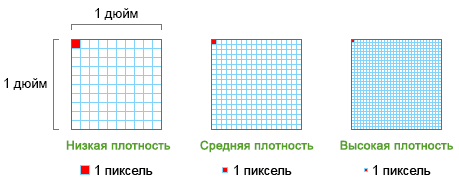 It is not difficult to adjust the display size on your PC screen. This may be necessary for those who purchased a new monitor, or, conversely, want to reduce the image displayed on the screen to save RAM and processor power. Required sequence of actions:
It is not difficult to adjust the display size on your PC screen. This may be necessary for those who purchased a new monitor, or, conversely, want to reduce the image displayed on the screen to save RAM and processor power. Required sequence of actions:
- Right-click on an empty space on your desktop and select “Screen Resolution.” A menu will open where you can select:
- A monitor (if there are several of them) on which the activity of the PC system is displayed.
- Resolution in pixels (there are many options here, one of which is listed as recommended), which is limited by the maximum screen size.
- Orientation (image format) from several options. As a rule, the default is the one that is most convenient for perception at a given resolution.
On mobile devices, screen properties can be adjusted in Settings. But not all phones provide their owners with such power over themselves.

